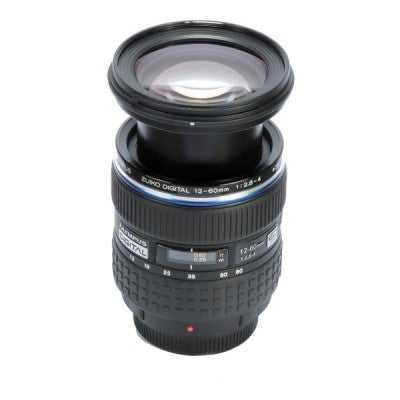Boasting a 5x zoom range and an f/2.8 maximum aperture the 12-60mm zoom looks impressive with its extra-low dispersion (ED) glass and responsive, fast-focusing Sonic-Wave Drive......
Olympus Zuiko Digital 12-60mm f/2.8-4 Review
Interestingly, the closest focusing range (marked as 0.25m) is the same when the lens is racked to either of its extreme focal lengths, giving a true macro viewfinder experience at the maximum focal length. In terms of resolution, the 12-60mm displays an inevitable compromise but is very impressive nonetheless. Wide-open use is not recommended regardless of the focal length: it’s not so much poor as simply inferior to what is achieved at other apertures. The 12-60mm’s f/2.8 maximum aperture is lost as soon as the zoom ring is moved away from the widest-angle setting.
It’s worth noting that the 12-60mm’s use of ED glass minimises chromatic aberrations, though this does not mean that resolution is increased: rather, it means only that the transition across a sharp edge has a small grey blurred region rather than coloured fringes.
Image Quality
Maximum aperture is not recommended at any focal length as the resolution produced, while not being bad in absolute terms, is significantly inferior to that which is recorded when the lens is stopped down.





